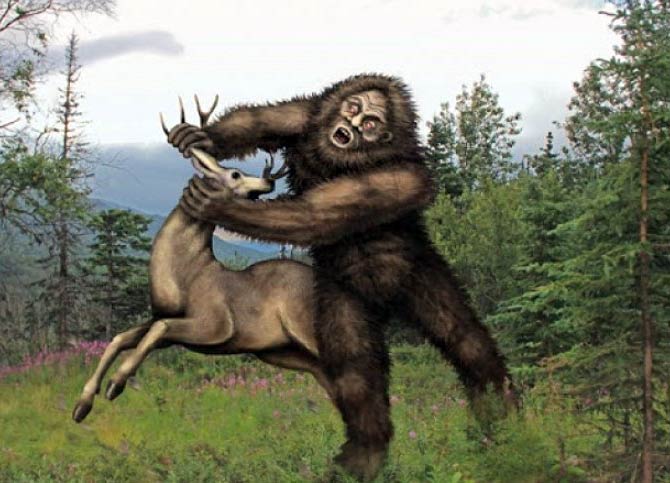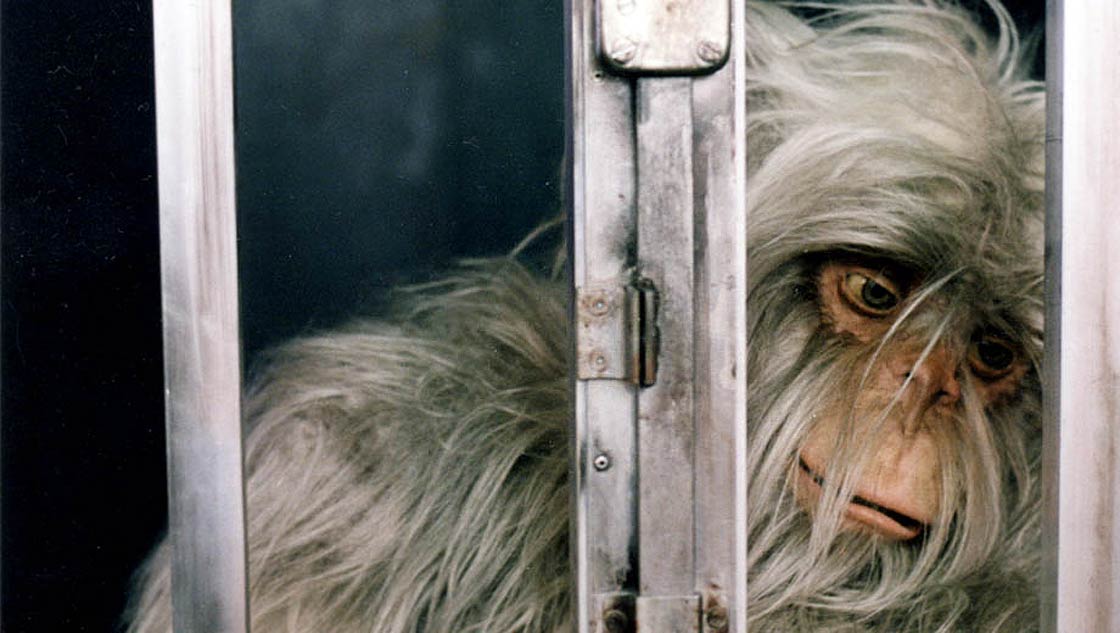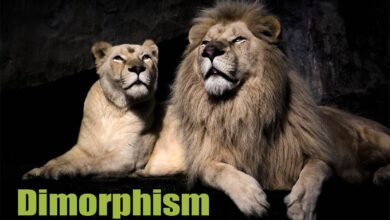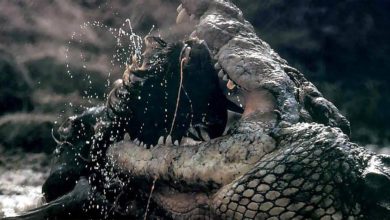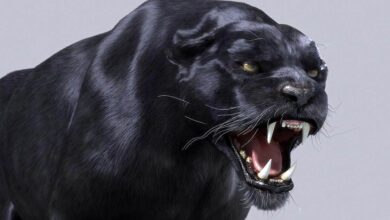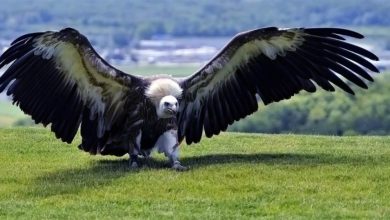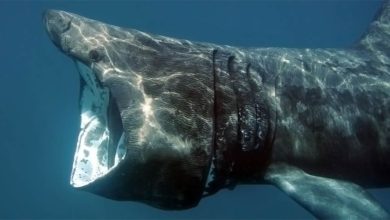Alma (cryptid) – the Mongolian equivalent of Yeti
Alma is a monkey-like cryptid native to Central Asia. This creature is native to the mountainous regions of the Pamir and Caucasus and the Mongolian Altai mountain. The appearance of Alma was first recorded in the 15th century. The testimonies of witnesses were collected, and the behavior of Almas was described. One of them is said to have been seen eating a corn cob in the field. Almas likes to eat vegetables and fruits.
Alma’s different names
Almas, alma, almasty, Алмас, Алмазы, Albıs, Albız, Albastı
Alma – characteristics
This creature walks upright like a man. Its complexion is dark. The skull is a bit angular and the jaw is protruding. Big feet and big toes are characteristic of Alma. Her hands reach up to her knees. They are overgrown with very thick and rough hair. Without hair, Alma has only hands and face. Almas are very strong, muscular creatures, who like to swim and love to drink wine… – such a description of these creatures appear in various sources.
Where did the name Alma come from?
The word Alma is a Mongolian term for “wild man”. It is also known under the names Almasti, Almaslar, Bnahua, Ochokochi, which translates as the name of a forest deity in the regions of Western Asia, that is Azerbaijan and Georgia. Currently, the appearance of Alma is recorded in the southern part of Mongolia, in the mountains of Altai, and near the Tian Shan Pass near the northern border of China.
It was first seen around 1400. The Alma refers to the name of the whole community, a subspecies of hominids. These creatures move like humans, walking on straight legs and with a straight silhouette. They are very strong and willing to run.
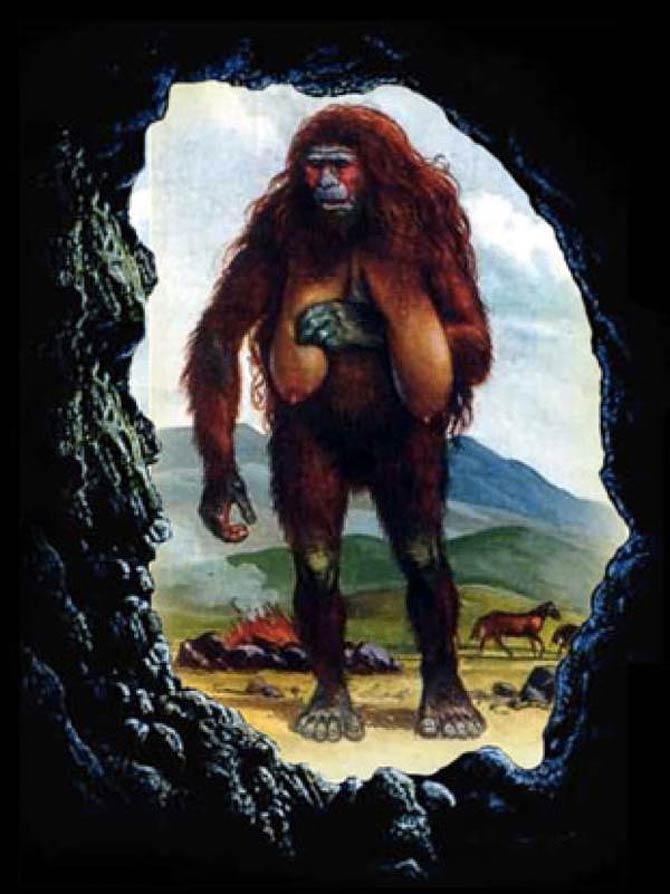
Zana – the most famous and domesticated alma
In 1800, a human reportedly domesticated an Alma female named Zana. The creature was kept in captivity for many years, it helped with household chores, such as grinding grains or making a fire. Zana never learned human speech, but she purred and made other sounds, responded to orders given to her, and took up residence in the village. Some of the inhabitants were terrified of her. Zana married a human and had four children with him.
The descendants of Zana and the farmer had very dark complexions and strong, Negroid features. Some of them were rugged recluse.
According to other sources, Zana did not have a husband, but became pregnant with the men of the village and drowned her own children in the river.
At first she was kept in a cage, no one wanted to get close to her. Only later she was used for household chores. Zana was powerfully built, and her red eyes terrified the onlookers. She walked naked, spent time in the company of animals, was long-lived, did not turn gray, and was respected by her enormous physical strength – apparently with one hand she could lift a weight of 80 kilograms.
Her last son, Chwit Sabekia (or Genaba), died in 1954. He had facial features typical of dark-skinned people, and his big mouth with thick, curved lips was special. Chwit was famous for his great physical strength, he willingly got into fights, and in one of them, he lost his hand. All of Zana’s descendants could speak, lived in society, and acted like humans. They only had specific facial features. Zana’s grave has not been found, but researchers have exhumed and examined Chwit’s remains. They noted the unusual shape of his skull.
Alma’s researchers
In 1964, a Russian historian, Professor Boris Proshnev, discovered that the Almas had skulls with a peculiar cone shape and that their dentition was similar to human teeth, perhaps just slightly larger. Proshnev reported that Alm’s descendants form families and live in holes in the ground.
Proshnev also wrote that cryptids like to swim, eat like mammals, and like fruit and vegetables. They are animals with nomadic habits, that is, they travel all over Mongolia, where they are often noticed by farmers and villagers. They have been seen near Russia and the Black Sea. Evidence of their presence has also been found in the Pamir Mountains in central Asia. It was said that they are wild people who form tribes and live in harmony with nature, traversing large spaces.
Expeditions to find Almas
One of the expeditions to locate the Almas was organized by the Russian cryptozoologist Dr. Marie Jeanna Koffman and the French Sylvain Pallix in 1992. Both described Almas as hairy creatures, weighing about 225 kilograms, and having a nocturnal lifestyle, running at a speed of over 60 kilometers per hour. However, the evidence for existence was only hair samples, footprints and feces. The animals were also called barmanu (Afghanistan and Pakistan), golub yayan (Tajikistan), ksy-gyik (Kazakhstan) and mulen (Tunguz and Siberia). Polish written sources call them almys.
Legends
Almas also became figures of folk legends and comics, they stimulated the imagination and appealed to many people. They were not entirely believed to be human, but rather considered to be apes. Scientists tried to investigate the genesis of their origin and describe them in detail. However, it has still not been done effectively. Cryptid’s descriptions are similar to yeti descriptions. Almas are classified as terrestrial cryptids. In the 1970s, the Mongolian Academy of Sciences collected testimony from 16 people who allegedly saw this cryptid.
Apparently, the Almas were calm, they became aggressive towards people approaching them at a short distance.
What is cryptozoology?
Cryptozoology describes creatures whose existence has not been clearly confirmed: yeti, chupacabra, or alma. This science is as old as civilization. Unknown species have always been studied and evidence of their existence was searched for. It is important that the research is conducted in accordance with the principles of scientific research, and not in a charlatan and unreliable manner.
